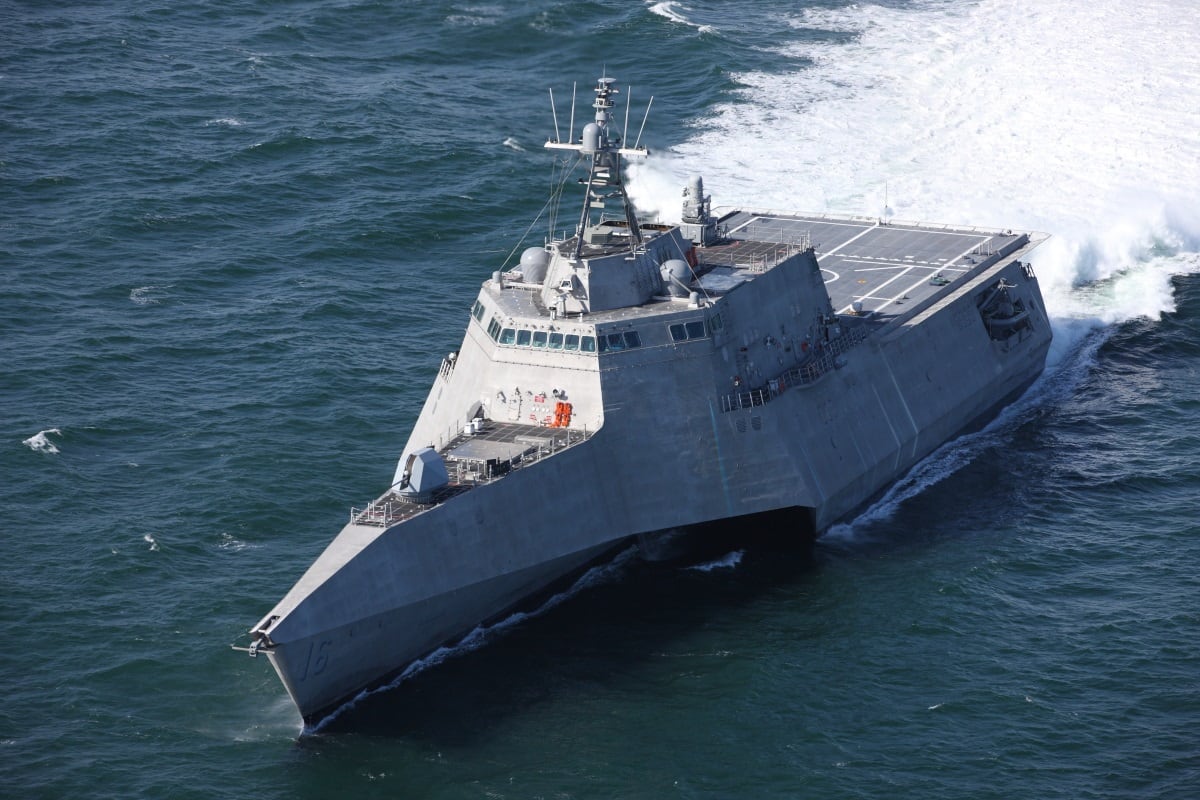WASHINGTON — The U.S. Navy took delivery of the last piece of the littoral combat ship’s anti-submarine warfare mission module Nov. 30, according to a release from Naval Sea Systems Command, pushing the service closer to declaring the well-delayed capability operational despite continued headwinds.
With the delivery of Raytheon’s Dual-mode Array Transmitter (DART) Mission System — which joins the MH-60R helicopter, the Multi-Function Towed Array and the SQQ-89 acoustic processing — the Navy now has the complete anti-submarine warfare mission package and is ready to start integrating it.
The package “will provide revolutionary capabilities to the fleet,” Capt. Ted Zobel, LCS Mission Module program manager, said in the release.
The Navy will now send the DART system to a “vessel of opportunity” and put it to work at the Atlantic Undersea Test and Evaluation Center, prior to former developmental testing on the LCS Fort Worth, the release said.
RELATED

And while the immediate future of the system is known, the future for the mission module more broadly is uncertain. Congress has slashed all funding to the anti-submarine warfare mission module for 2019, saying it was ahead of need, meaning that testing delays will surely follow, sources familiar with the impact of funding cuts told Defense News in September.
An analysis of appropriations bills dating back to 2015 shows that Congress has slashed funding to the mission modules every year. Sources familiar with the situation said the cuts have led to a merry-go-round of delays, which Congress cites the next year as a reason for more cuts.
But Congress continues to buy ships every year, even buying a 33rd, 34th and 35th LCS above the 32-ship requirement set by the Navy.
Earlier in 2018, surface warfare head Vice Adm. Richard Brown told Defense News that the anti-submarine warfare module should be ready to deploy in 2019, but that future seems in doubt with Congress’ cuts to the modules.
David B. Larter was the naval warfare reporter for Defense News.








